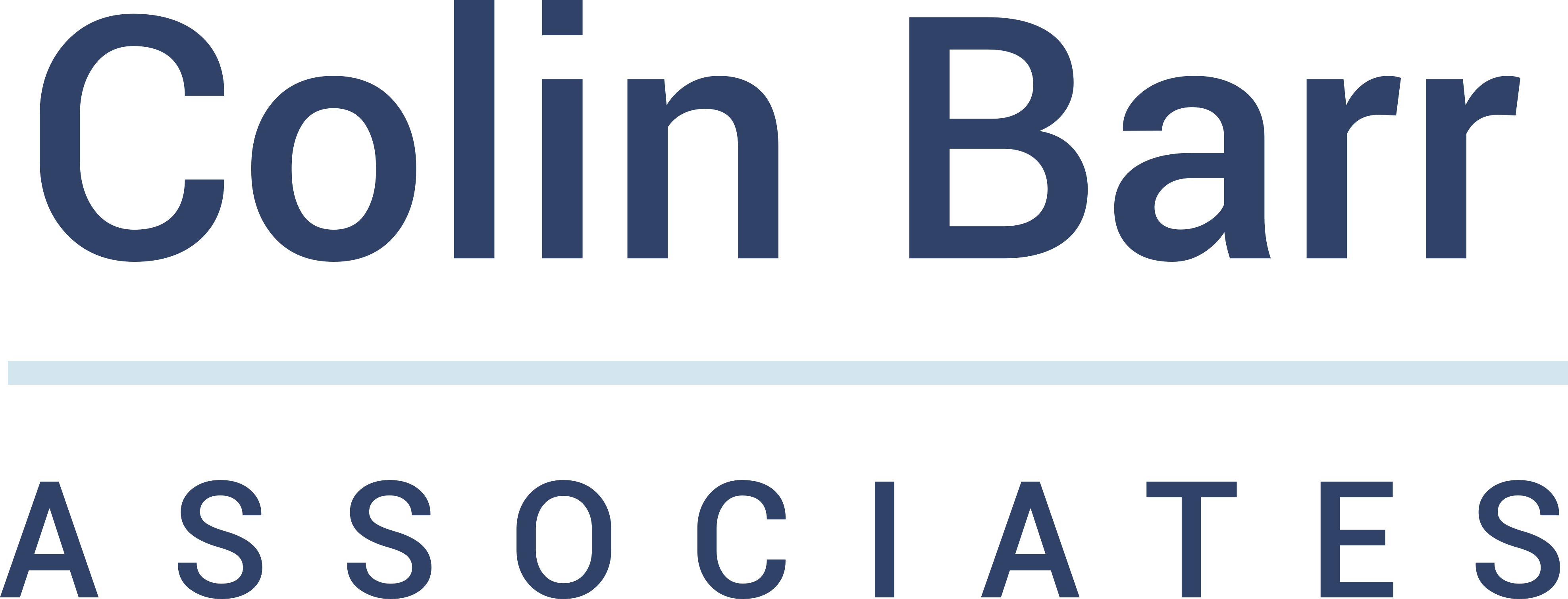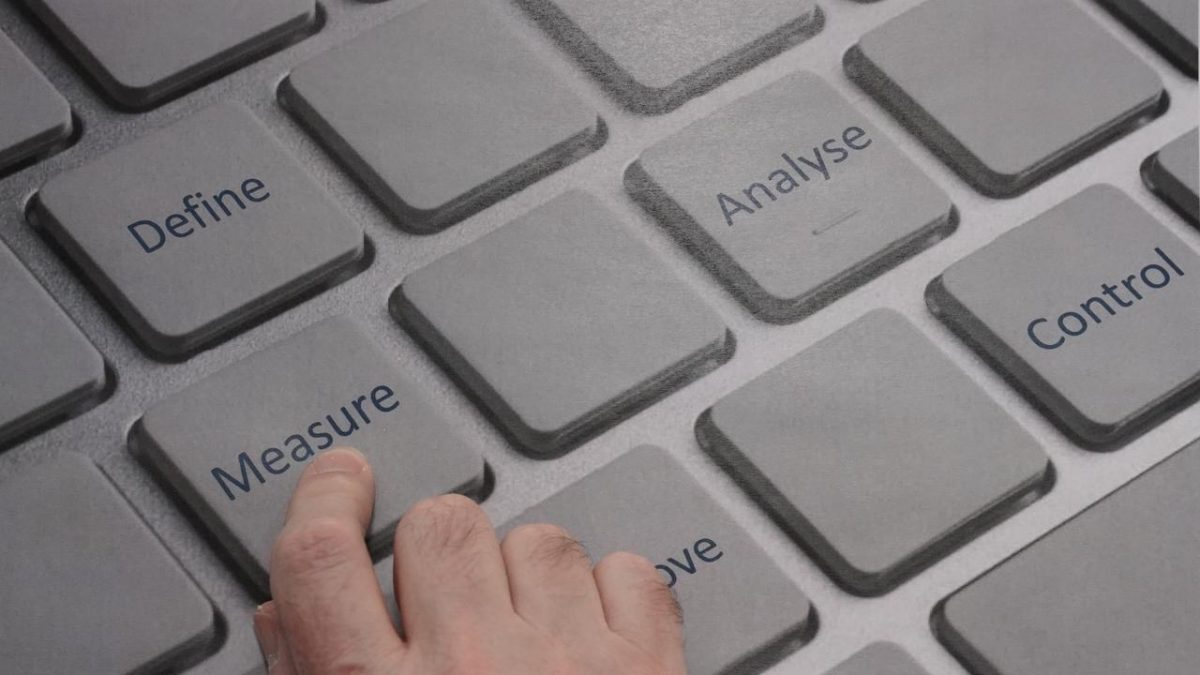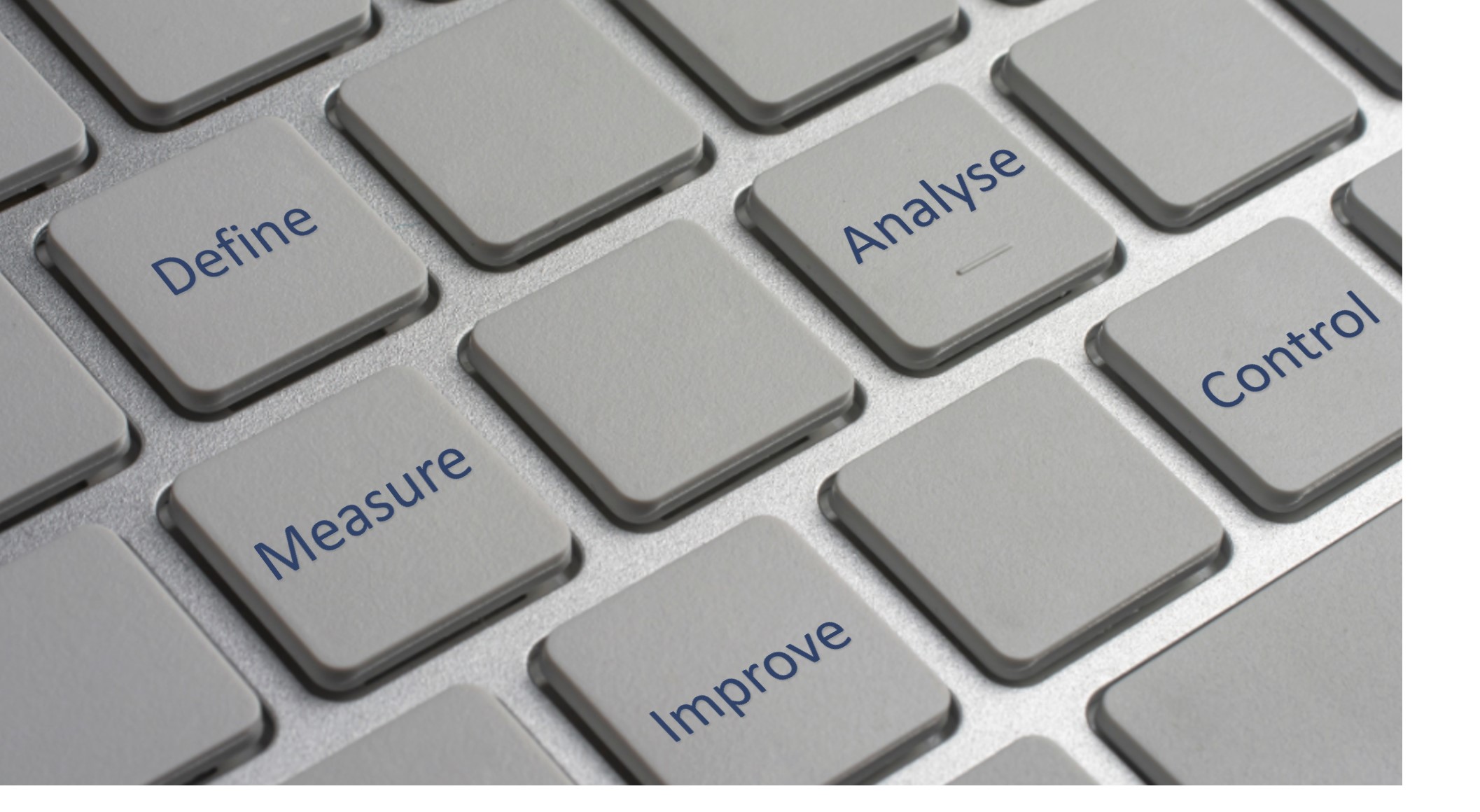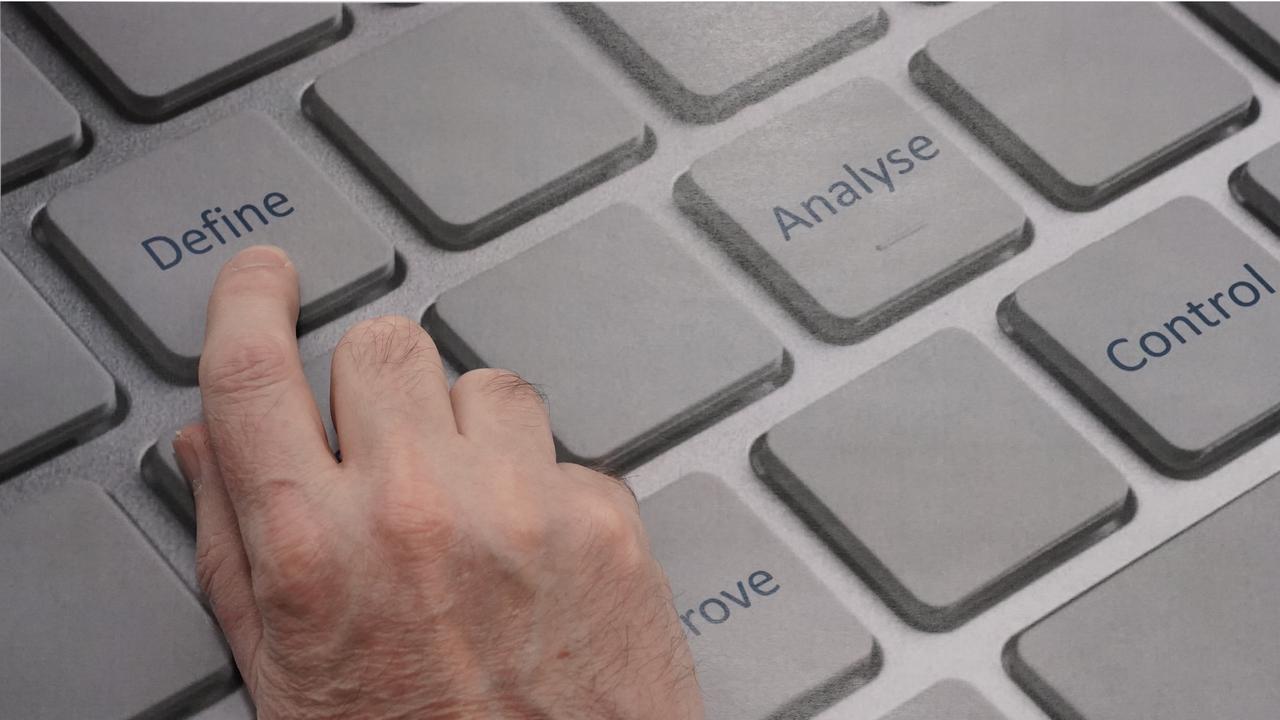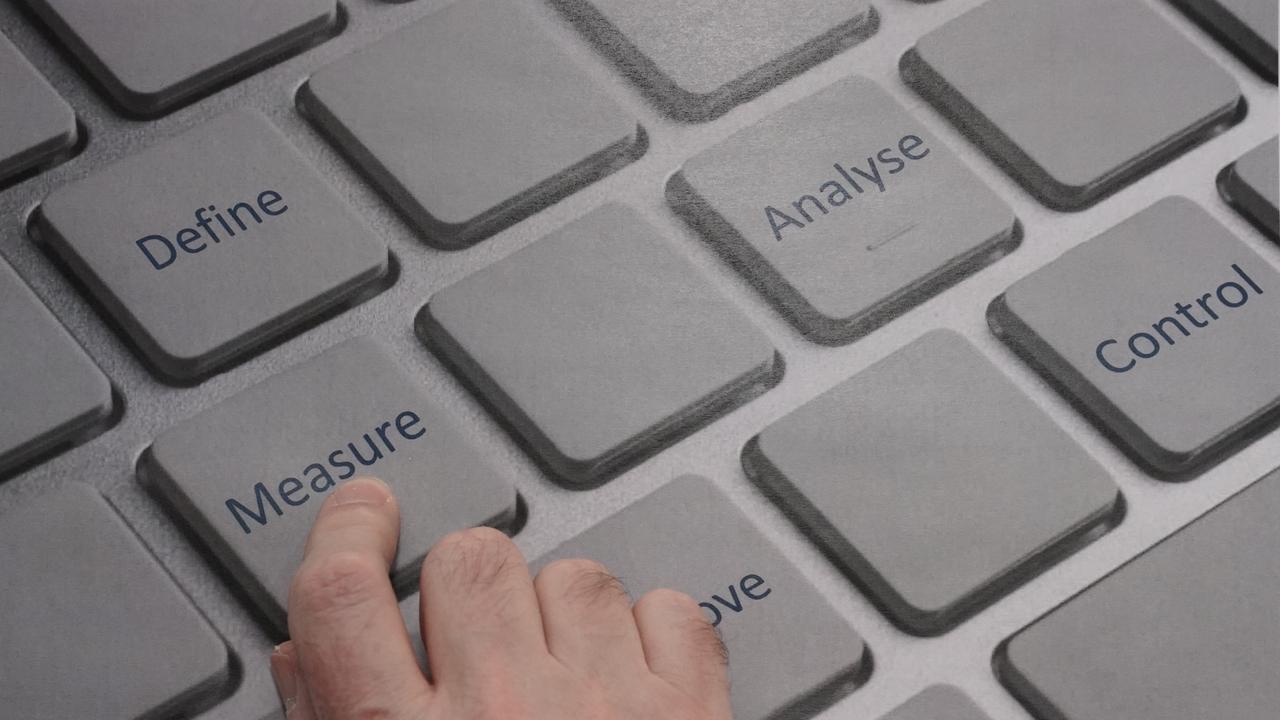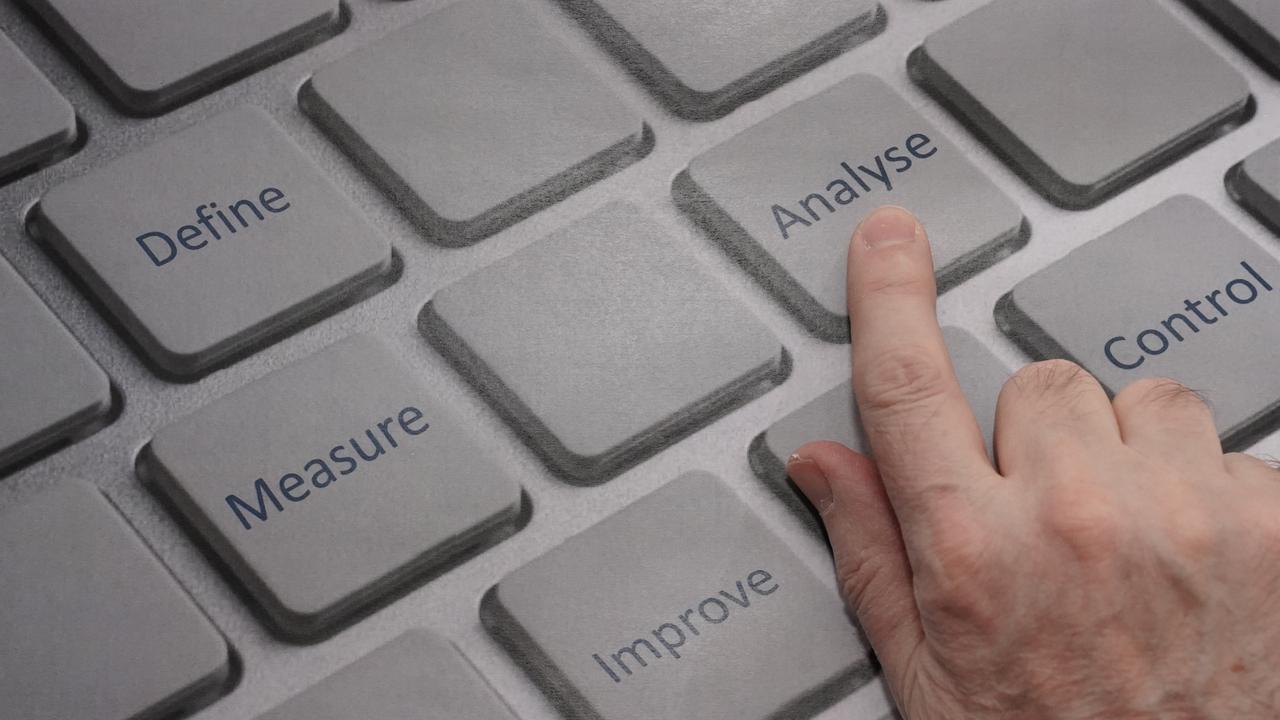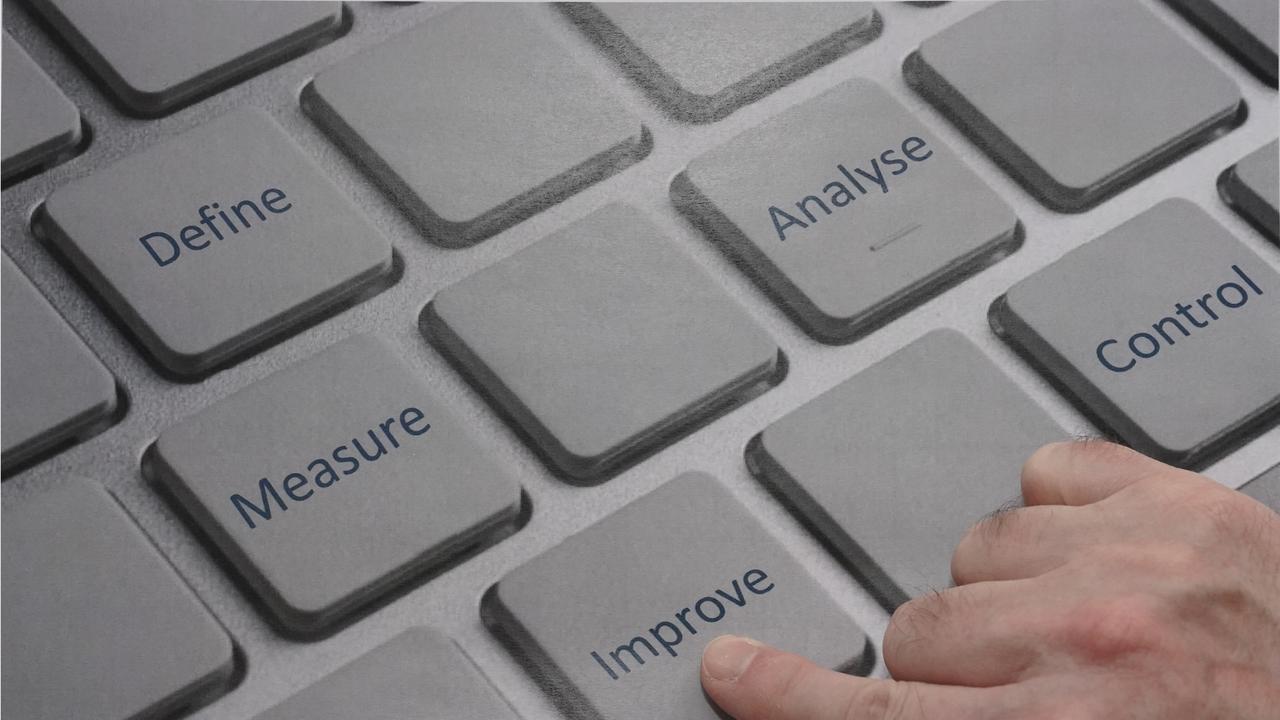What is the “Measure” stage?
The “Measure” stage is a critical element of the Lean Six Sigma approach to problem solving. It is the second stage of the 5-step model of DMAIC. (Define – Measure – Analyse – Improve – Control).
In such a project we want to be able to quantify the improvement we’ve made.
Teams who miss out the measure stage may well improve a process, but fail to understand by how much and whether their efforts have been worthwhile for the time invested.
It’s likely that the performance of any given business process is driven by multiple factors. To improve that performance we may need to deploy multiple fixes. But to fully understand how a process behaves we must have the numbers on how each factor contributes to success.
At the define stage we may have identified what’s Critical To Quality (CTQs) and this is a good starting point from which we can further develop our measures.
The Three Steps Of The “Measure” Stage of DMAIC
1. Establish Your Project Measures.
The chosen measures don’t have to be complicated. For example, if your aim is to simplify a process then a count of the number of process steps before and after the project may be a sufficient measure to allow the project leader to claim “before this project started we had 25 steps in this process, now we have 20, hence we have reduced the process complexity by 20%”.
Of course, the situation may demand more complex measures such as process times, amount of data entry, person hours, yield, physical characteristics and dimensions, costs and many more.
It’s important to avoid choosing measures that are too removed from the aim of the project. Recently I coached a project where the aim was to reduce the admin burden on nurses and give them more time for performing immunisations on school children. Choosing a measure such as “immunisation rates” would have been wrong. There are too many other factors beyond the team’s control influencing this. It was better to measure the admin effort in a more direct way, e.g. number of forms to be filled in, time spent recording duplicate information.
When selecting measures, you should also consider whether you are using a Leading or Lagging measure. Leading measures are more immediate and are predictors of lagging results. To illustrate, a leading measure might be how many calories I consume on a daily basis, the lagging measure would be how much I weigh at the end of the month. The weight I end up with is “after the fact”, meaning there’s nothing I can do to change that measured result. I could however, influence my measured calorie intake every day such that it will predict the final result.
2. Have A Good Measurement System
It’s important to confirm that your chosen measures are precise enough. If you are trying to reduce process time by a number of hours, then measuring time in days will not show any difference. The same goes for more technical measures such as improving air borne particle counts, liquid volumes, injection forces, and so on.
Many administrative and technical measures involve a human element which could affect accuracy. Individuals might interpret and record the data or operate the measuring device differently. Hence, standardising the human aspects of taking and recording measurements is important to ensure consistency and accuracy of the data.
In Lean Six Sigma, the above considerations are referred to as performing a Measurement Systems Analysis and this can be done on both subjective and objective measures.
3. Measure Before and After
Having selected your measures and having established a good system for measurement, it’s time to to determine the current performance of the process. This gives you a baseline from which to improve and will allow you to quantify the successful gains at the end of the project.
“Measure” starts at the second stage of D.M.A.I.C. but it does not finish there. It is common for measurement to continue throughout the entire duration of the project. For example, the “Analyse” stage of the project might need measures to support new discoveries. The “Improve” stage may involve piloting solutions and you’ll want to know if the pilots are working and will be successful when rolled out to the wider organisation. And at the “Control” stage, measures will be needed to confirm that the improvements are being sustained over time.
“Measure” – Don’t Over Think It!
Technical processes often have well established measures. Finding measures for administrative processes takes more thought and for those situations I often hear “there’s nothing here to measure”. It’s important not to over think the situation. Simple counts may be all that is required. Sometimes “coverage” is a useful measure e.g. % of people trained, % of areas incorporated, % of instances being recorded.
If all else fails, “Analyse”, the next stage of D.M.A.I.C. could involve mapping out your current process and once mapped, identifying the steps where there are process issues. Immediately you have two measures; number of steps and number of issues. Your project is likely to be aimed at reducing the number of issues and perhaps also the number of steps.
Make Your Measures Count
The “Measure” stage of D.M.A.I.C. is extremely important. There are many tools and techniques that can be used at “Measure”, but just using the thinking above would be a good start.
I like the following two quotes from Lord Kelvin:
When you can measure what you are speaking about, and express it in numbers, you know something about it; but when you cannot measure it, when you cannot express it in numbers, your knowledge is of a meagre and unsatisfactory kind.
And,
If you cannot measure it, you cannot improve it.
Read about the next step in the DMAIC process – Analyse
